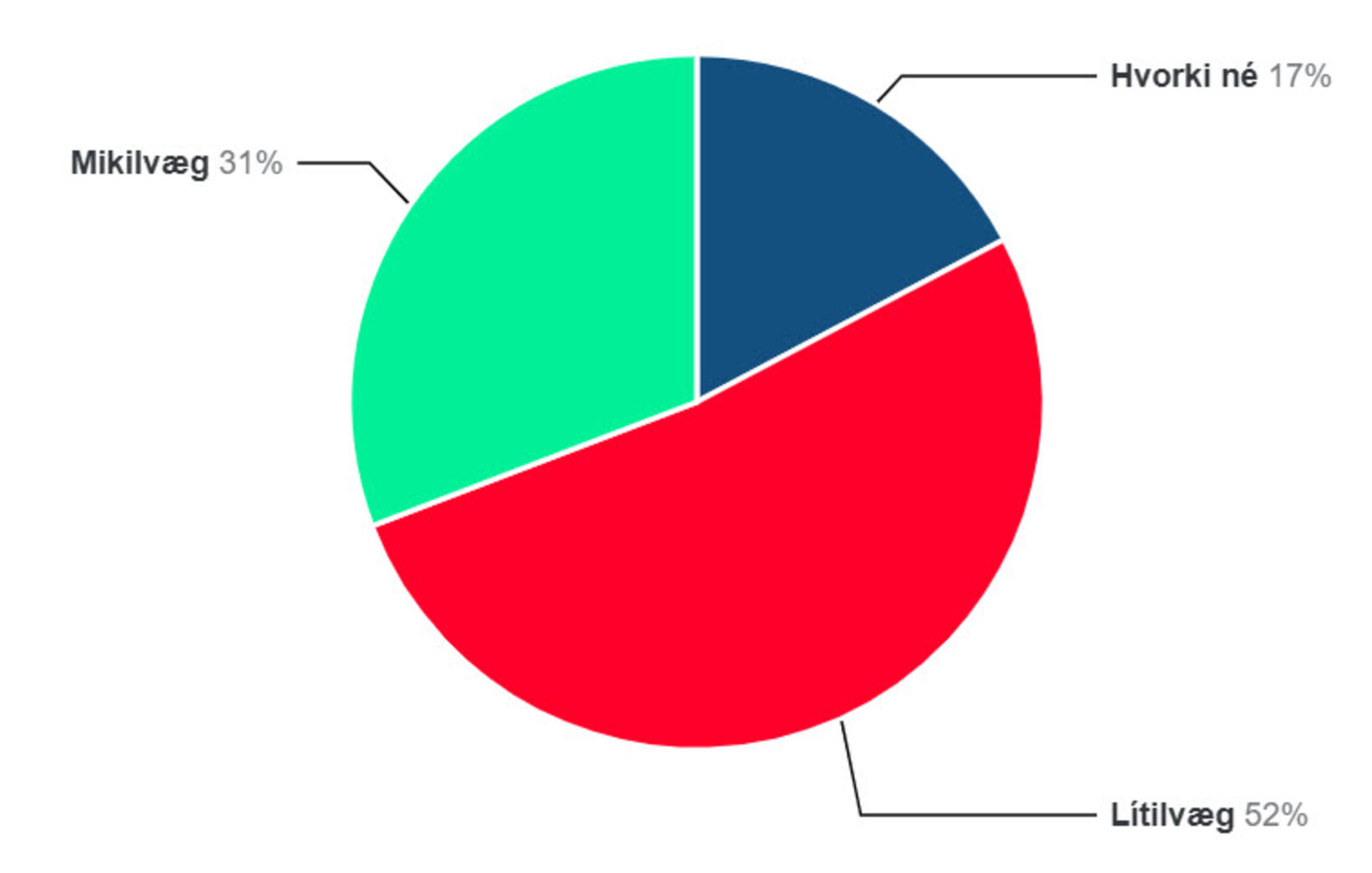The special Metal Bismut is surprisingly harmless (although it will come hard if you are shot at it)
The Brussels police shot with bismut bullets on demonstrators at the beginning of June. That happened during a protest that got out of hand for an 11-year-old boy who had died a week earlier in a police pursuit when he rode on a step. The Belgian broadcaster VRT mentions this. Why is Bismut used for this?
Bismut bullets consist of a cover with small metal balls of Bismut and sometimes also paint. They are less harmful than rubber bullets, but arrive harder than the paintball balls and serve to eliminate people without seriously injuring them. The advantage of Bismut is that it is much less toxic than lead, for example. That is why it is also used as a replacement for lead in, for example, shotguns and fish shed.
Despite the use in bullets, Bismut is a surprisingly harmless element. Surprising because, with atomic number 83, it is in the periodic system in the nitrogen group, just below the toxic antimony and arsenic, the ‘king of toxins’. To the left of it you will find annoying (heavy) metals, such as mercury and lead. On the right is the domain of seriously radioactive substances such as polonium and radon.
Bismut is not very toxic and for a long time it seemed even the heaviest, stable element. Although physicists started to suspect halfway through the last century that Bismut was not stable, it was only possible to perceive this decline in 2003. The most common, natural and stable variant appears to have a half -life of twenty trillion years. If you had a hundred kilogram bismut almost fourteen billion years ago, just after the big bang, less than a millionth gram would now fall from it. Technically, it is not the toughest, stable element – that is lead.
Bismut is therefore quite harmless and serves as an ingredient for medication for stomach complaints and diarrhea. Bismut connections are used as a pigment for paint and since ancient Egypt for cosmetics. At the end of the nineteenth century, for example, it was in a kind of foundation called ‘Blanc de Perle’ to whiten the skin. You can still find it in, among other things, eye shadow, powders and nail polish, where it creates a mother -like sparkle.
The beautiful mother -of -pearl shine also have pure bismut crystals. These crystals are relatively easy to make. They grow when you let melted bismut cool down slowly. Sterlold bismut has a special feature that shares it with water: it turns off when it freezes. So solidly drives on liquid bismut, such as ice on a frozen lake.
Metal mixtures (alloys) with bismut have a layer of melting point and have been used for some time. In the Machu Picchu Inca city in Peru, for example, a bronze handle of a knife has been excavated that contains 18 percent bismut. That points to the (consciously) mixing of bismut with tin to make bronze. And in the mid -nineteenth century, Woodmetaal was developed, which largely consists of bismut, supplemented with lead, tin and cadmium, and already melts at 70 degrees Celsius.
Did you want to joke a joke in the nineteenth century? Then your tea served with a Woodmetals spoon. Your unsuspecting guests saw their spoon disappear when they stirred in their cup. Drinking that tea was not a good idea. Although Bismut is relatively innocent, a cup full of heavy metals is certainly not.

:format(webp)/s3/static.nrc.nl/images/gn4/stripped/data125973883-9827de.jpg)
/s3/static.nrc.nl/images/gn4/stripped/data133765589-69f146.jpg)
/s3/static.nrc.nl/images/gn4/data133840374-306962.jpg)



